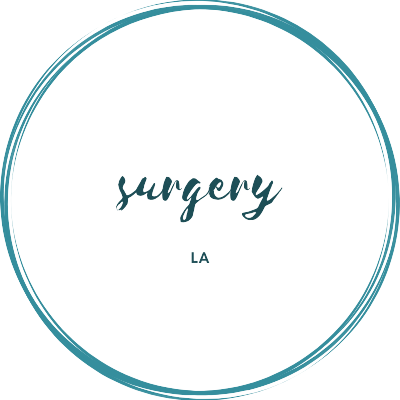Breast cancer is a common form of cancer that primarily affects women, but can also occur in men. Understanding the risk factors, recognising the symptoms and being aware of the treatments available are crucial for the early detection and effective treatment of this disease.
Risk factors:
Several factors can increase your risk of developing breast cancer, including
- Gender and age: Female gender and older age are major risk factors for breast cancer.
- Family history: Having a close relative, such as a mother or sister, with breast cancer may increase the risk.
- Genetic mutations: Hereditary gene mutations such as BRCA1 and BRCA2 significantly increase the risk of developing breast cancer.
- Personal history: A previous history of breast cancer or some benign breast diseases may increase the risk.
- Hormonal factors: Prolonged exposure to oestrogen, early menstruation, late menopause and hormone replacement therapy may increase the risk.
- Lifestyle factors: Factors such as obesity, excessive alcohol consumption, physical inactivity and some reproductive factors can contribute to the risk of developing breast cancer.
Symptoms:
Early detection of breast cancer is crucial for successful treatment. Common symptoms include:
- tumours or lumps in the breast: New, painless lumps or lumps in the breast or axilla can be an early sign.
- changes in breast size or shape: Unexplained changes in breast size or shape should be assessed.
- nipple abnormalities: Changes in the nipple, such as inversion, discharge (other than breast milk) or scales should be investigated.
- changes in the skin of the breast: Thickening, reddening, coarsening or peeling of the skin of the breast can indicate breast cancer.
- Breast pain: Although breast pain is often not associated with cancer, persistent discomfort should be assessed by a healthcare professional.
Treatment methods:
Treatment for breast cancer depends on the stage and features of the cancer.
Common treatments include:
- surgery: Depending on the size and location of the tumour, a lumpectomy (removal of the tumour and surrounding tissue) or a mastectomy (removal of the whole breast) may be performed.
- radiotherapy: high-energy rays are used to destroy cancer cells after surgery or to reduce the size of the tumour before surgery.
- chemotherapy: Medicines are used to kill cancer cells throughout the body. Chemotherapy can be given before or after surgery.
- Hormone therapy: Some types of breast cancer with a positive hormone receptor can be treated with hormonal drugs that block the growth of cancer cells.
- Targeted therapy: Special drugs target the unique characteristics of cancer cells, such as HER2-positive breast cancer.
In conclusion, breast cancer is a serious health problem, but early detection and advances in treatment have greatly improved treatment outcomes. Recognising risk factors and being alert to any changes or symptoms in the breast can help with early diagnosis. Regular self-examinations, clinical breast examinations and mammography are essential for early detection. If breast cancer is diagnosed, health professionals will determine an individualised treatment plan that includes surgery, radiation therapy, chemotherapy, hormonal therapy or targeted therapy. It is important to consult with healthcare professionals and have regular check-ups for early detection and effective treatment of breast cancer.
